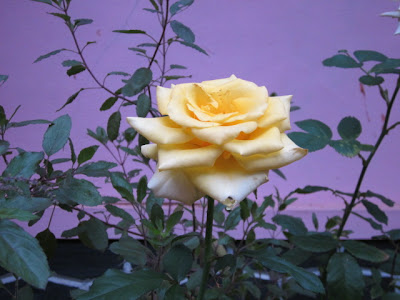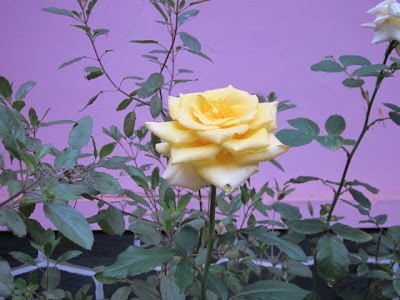Animals & Birds
Friday, May 24, 2013
Monday, March 18, 2013
Friday, March 08, 2013
Sunday, February 03, 2013
Saturday, January 19, 2013
Dragon Fly
DRAGON FLY
The dragonfly is found hovering near lakes and swamps as the dragonfly larvae (the nymph/baby) is aquatic. The dragonfly nymph is capable of producing a painful bite for humans, where the adult dragonfly poses no threat.
The dragonfly is best known for its beautiful colours and the way it's body and wings sparkle when the dragonfly is flying around the water.
Dragonflies have long, thin and generally colourful bodies, large eyes and two pairs of transparent wings. As with other species of insect, the dragonfly also has six legs but it is unable to walk on solid ground. In flight the adult dragonfly can propel itself in six directions which are upward, downward, forward, back, and side to side.
Both the dragonfly and it's larvae are carnivorous animals and they feed exclusively on other small animals. The main prey of the dragonfly are mosquitoes, flies, bees and other small invertebrates. The dragonfly larvae feeds mainly on aquatic insects and their eggs.
The dragonfly is preyed upon by a number of predators around the world including birds, fish and reptiles such as lizards. The dragonfly is also commonly eaten by amphibians such as toads, frogs and large newts.
Female dragonflies lay their eggs in or near water, often on floating or emergent plants. The dragonfly eggs then hatch into nymphs. which is how most of the dragonfly's life is spent. The dragonfly nymphs live beneath the water's surface, using extendible jaws to catch other invertebrates or even vertebrates such as tadpoles and fish.
The larval stage of large dragonflies may last as long as five years. In smaller species, this stage may last between two months and three years. When the larva is ready to metamorphose into an adult, it climbs up a reed or other emergent plant. Exposure to air causes the larva to begin breathing. The skin splits at a weak spot behind the head and the adult dragonfly crawls out of its old larval skin, pumps up its wings, and flies off to feed on midges and flies.

Dragonfly Facts
| Kingdom: | Animalia |
| Phylum: | Arthropoda |
| Class: | Insecta |
| Order: | Odonata |
| Family: | Anisoptera |
| Common Name: | Dragonfly |
| Scientific Name: | Anisoptera |
| Found: | Worldwide |
| Diet: | Carnivore |
| Size: | 2.4-10cm (1-4in) |
| Number of Species: | 5,000 |
| Average Lifespan: | 6 years |
| Conservation Status: | Threatened |
| Colour: | Yellow, Black, Orange, Red, White. Brown, Blue |
| Skin Type: | Hair |
| Favourite Food: | Mosquitoes |
| Habitat: | Wetlands and close to water |
| Average Litter Size: | 60 |
| Main Prey: | Mosquitoes, Fly, Bee |
| Predators: | Birds, Fish, Lizards |
| Special Features: | Long body shape and large, transparent wings |

Sunday, January 06, 2013
Beauty Of Our Earth
Beauty Of Our Nature
Our nature is composed of large varieties of plants....take a deep look on some examples of such beauty....
These pictures are taken from my own house..
i plant many flowers and fruits on my house..
There are many Beautiful Flowers.....
Yellow Rose
Amazing Banana plant on rock[Kallu Vazha]
Euphorbia From My home
Wild Mushrooms
Labels:
amazon,
animals,
beauty,
birds,
earth,
evolution,
fishes,
flowers,
global warming,
guppy,
molly fish,
nature,
nile,
rose,
sky,
wildlife
Subscribe to:
Comments (Atom)




























































































































